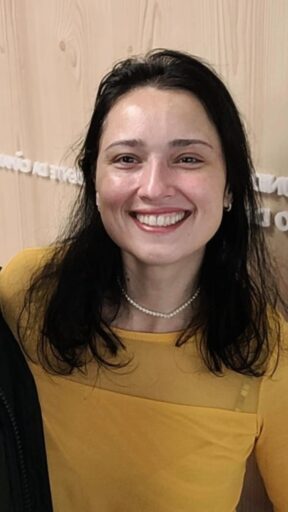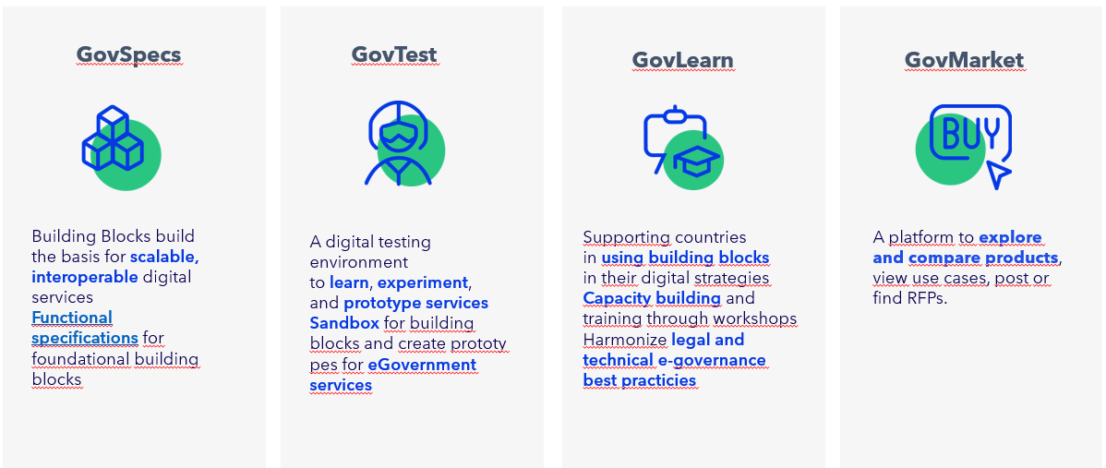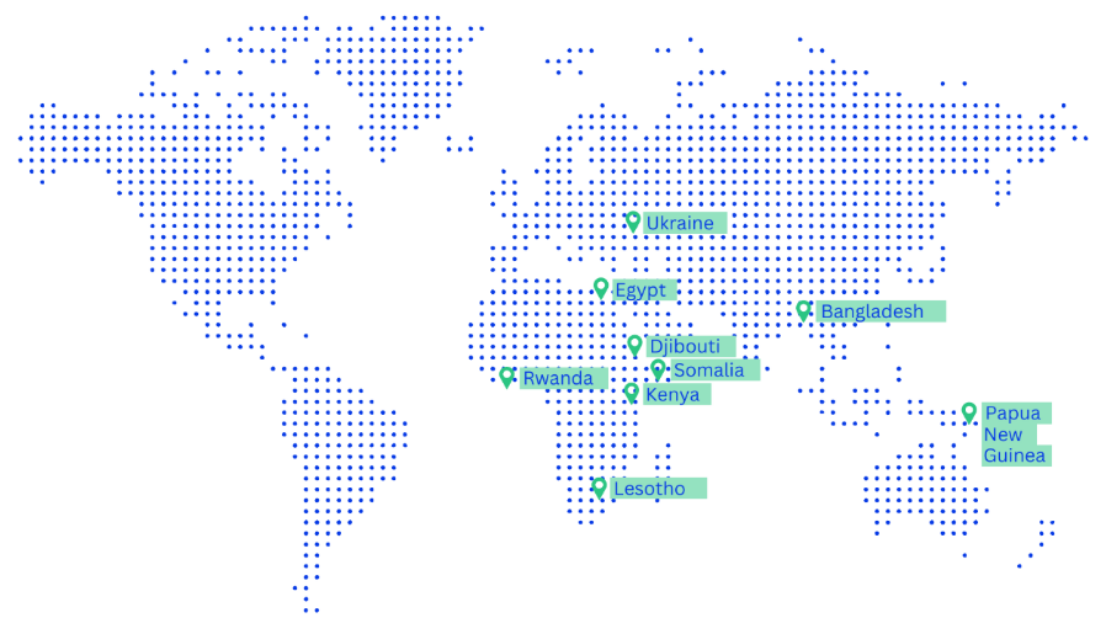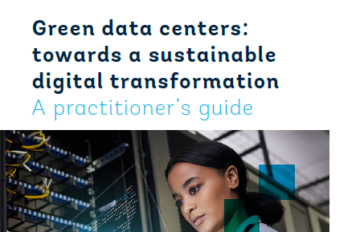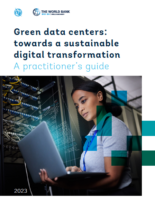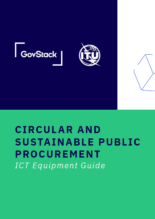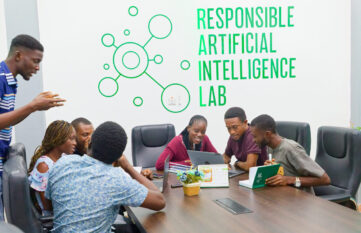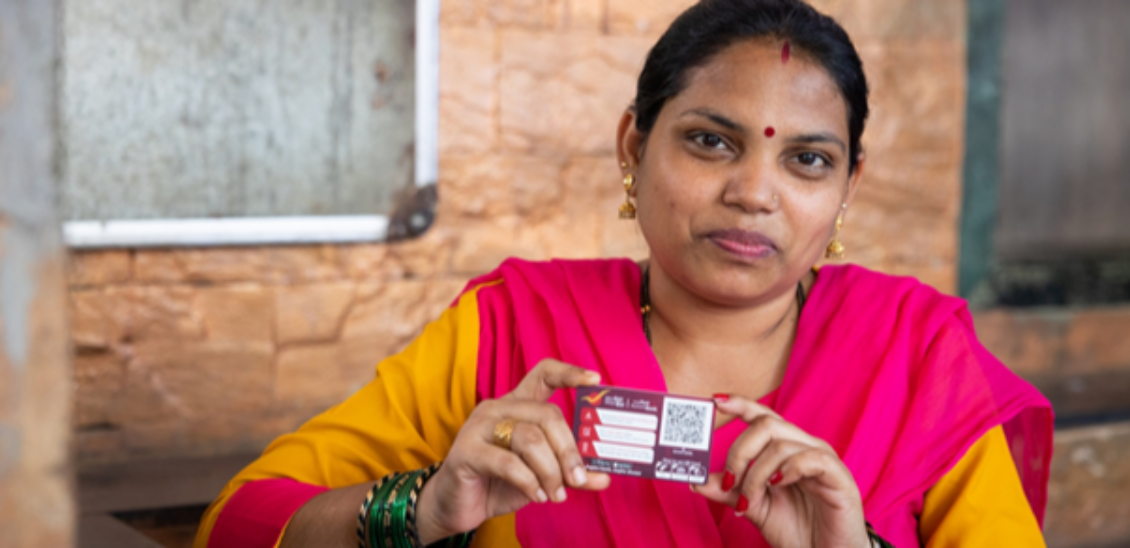
Building blocks for digital administration—GovStack
For people to trust their government, it has to work—and that means delivering: healthcare, social benefits, birth registration, for example. Public services must be accessible to everyone, everywhere, and serve the people. Digitalisation can significantly simplify and improve access to state services—or enable them for the first time, especially in remote regions. The GovStack initiative supports governments in creating flexible, cost-effective digital solutions based on a modular principle.
With the ‘GovStack’ project, we are supporting better digital services for citizens worldwide within the framework of the United Nations, thus strengthening digital sovereignty and the individual responsibility of governments for e-government solutions.
GovStack is one of the German government’s flagship projects.
Government processes are too complicated? Larissa Magalhães from Brazil has a solution that could become a global standard. Supported by GovStack’s ‘Women in GovTech’ programme, she is developing a platform for digital registration certificates, saving 216 million Brazilians unnecessary visits to public authorities.
Our approach
Launched by Estonia, Germany, the International Telecommunication Union (ITU) and Digital Impact Alliance (DIAL) in 2020, the GovStack initiative aims to share the tools, knowledge, and best practices needed to build digital public services at scale.
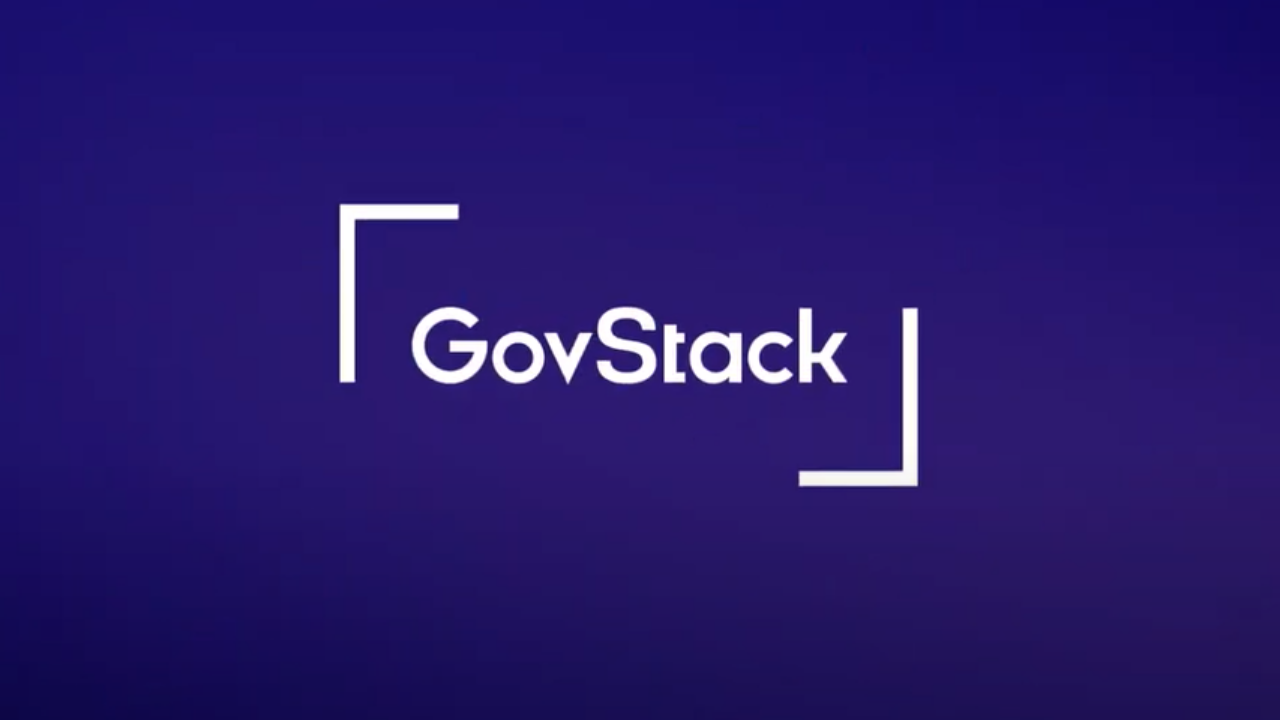
The digitalisation of government services poses numerous challenges for policy makers and technical experts. GovStack addresses these challenges with its ‘building block’ approach, which provides an affordable, customisable technical solution that enables leaders to pursue a comprehensive, government-wide strategy.
Rather than building digital services one at a time, GovStack creates and shares ‘digital building blocks’ that allow government leaders to construct e-government services without starting from scratch each time. Every digital service consists of several different components (building blocks) that each offer a specific functionality and are combined to form the finished service.
How GovStack utilises the digital building blocks:
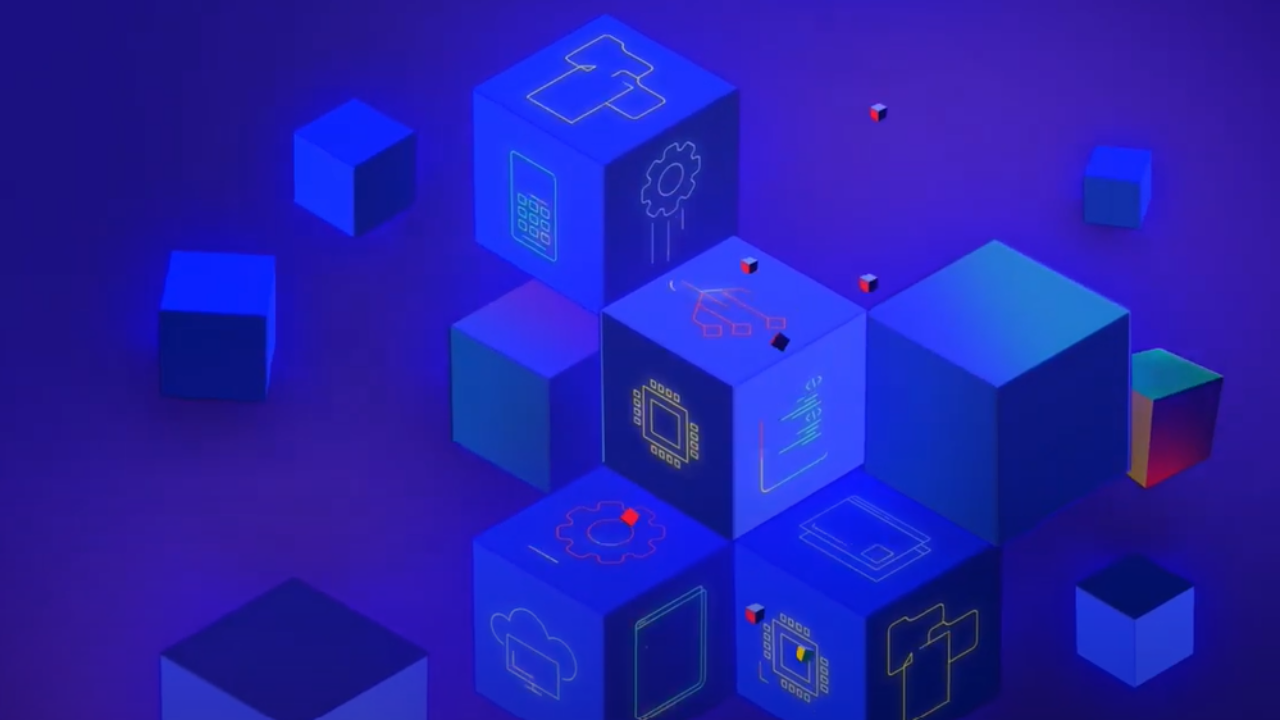
In addition to the technical building blocks, GovStack is working with local and global partners and technical experts to provide a broad offering that supports countries at every step of their digital journeys.
What we offer
GovStack offers different products and services to support the digital transformation of governments and organisations. These include a collection of technical specifications, a testing environment for digital solutions, e-learning and in-person trainings, and different exchange formats for best practice and knowledge transfer. They are listed here:
Our country activities
GovStack empowers public and private organizations to make the most of the digital world by providing them with the tools and knowledge needed to successfully scale the digitalization of public services. The initiative helps partner governments with insights and leading examples to reduce unnecessary system duplication, combat fraud and corruption through increased security and traceability of transactions, and improve civic engagement and accountability.
GovStack is partnering with countries from all over the world. Example implementations include the creation of digital High School certificates in Somalia and the creation of a digital platform for e-waste management.
Overview of GovStack’s partner countries (Status June 2024):
Women Leading Digital—the podcast
Even though women make up half of the world’s population, men clearly outnumber women in the digital world. In 2023, 224 million more men used the internet than women—almost three times the German population. Without the internet, women lack access to information, education, networks, job platforms, financial products and services. This situation is called the digital divide and it is widening.
In the podcast ‘Women Leading Digital’, we interview brilliant women who are developing new technology and shaping digital change worldwide—despite the challenges they face. We talk to them about the experience of working in a traditionally male-dominated field and what solutions they are developing to bridge the digital divide between genders.
